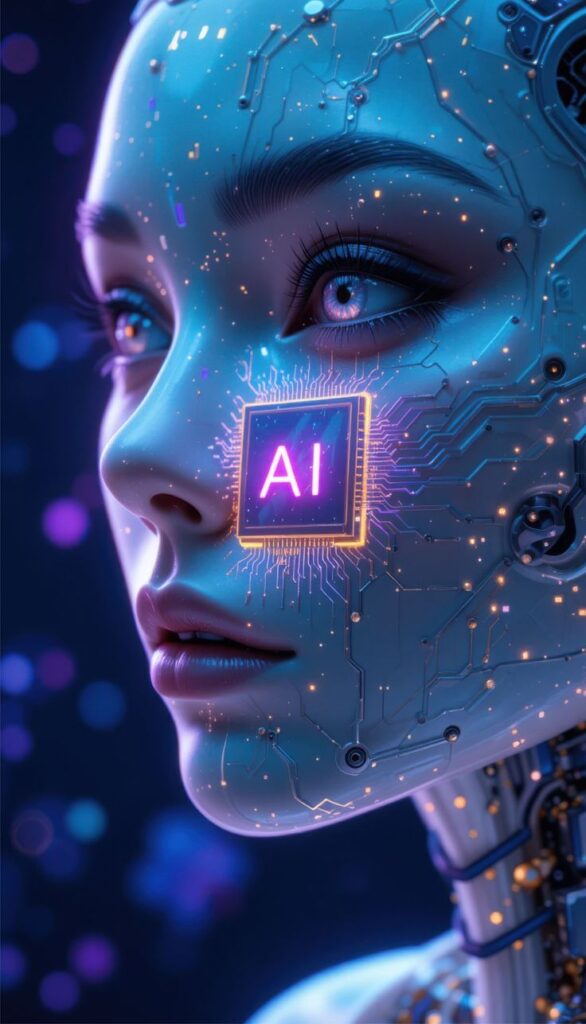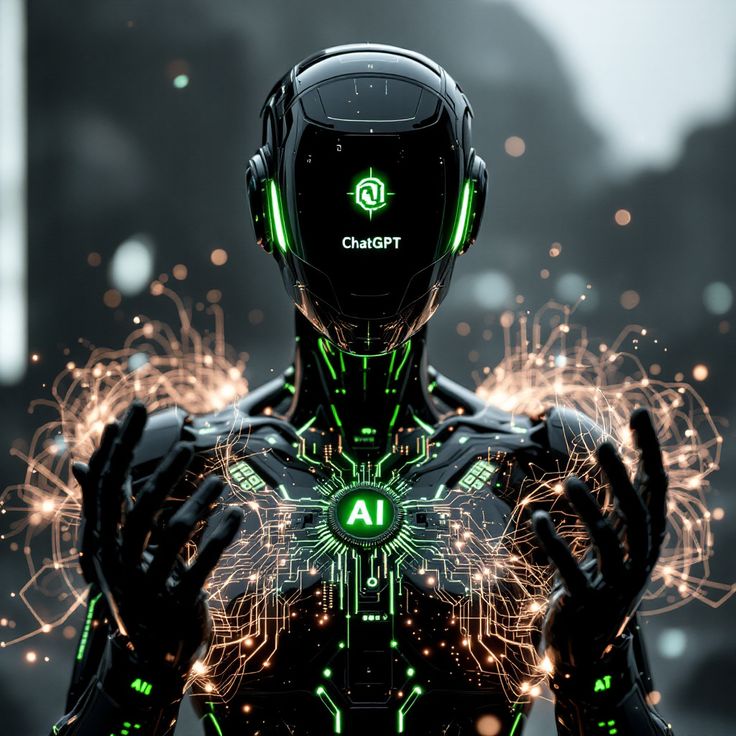Discover AI‑resistant career pathways for 2030: top jobs, key skills, and future roles—including prompt engineering and AI ethics.
Introduction
As AI reshapes industries, automation is transforming job markets. But not every role is threatened equally. Humans still hold unique strengths—empathy, creativity, nuanced judgment—that machines can’t replicate. Identifying and preparing for AI-resistant roles ensures your career stays future‑proof in the face of rapid automation.
This guide maps out the most resilient jobs, outlines essential skills, and highlights emerging roles that will thrive amid intelligent tech growth. By 2030, savvy professionals will invest in areas where human touch is irreplaceable. Let’s explore how to secure your work‑life against the AI tidal wave.
1. Understanding the AI & Job Automation Landscape
AI isn’t replacing humanity—yet. It excels at data processing, pattern recognition, and repetitive tasks, but it struggles with intuition, ethics, and emotional nuance. That reality defines AI-resistant job traits.
Automation has already streamlined routine roles like assembly‑line work or data entry. But tasks requiring adaptability, creativity, or human connection remain largely safe. Recognizing this helps you pivot with purpose and avoid redundancy.
The goal isn’t to compete with AI—it’s to work alongside it. By choosing roles where human capabilities shine brightest, you position yourself for longevity, growth, and fulfillment.
2. What Makes a Job Truly AI-Resistant?
2.1 Empathy & Emotional Intelligence
Machines can simulate empathy—but they don’t feel it. Professions requiring emotional attunement, such as therapists, social workers, and customer care specialists, depend on subtle human understanding.
2.2 Creativity, Improvisation & Judgment
Creative roles—designers, writers, artists—lean on original thinking and spontaneous insight. Where AI offers tools, humans deliver novel ideas, personal style, and contextual nuance.
2.3 Social Skills & Interpersonal Relationships
Negotiating a contract, leading a team, mediating conflict—these tasks hinge on trust, charisma, and subtle cues. Human connection builds bridges between intentions and outcomes.
3. Top AI-Resistant Job Categories
3.1 Mental Health & Counseling
Therapists and psychologists rely on empathy, intuition, and trust. AI chatbots can run assessments, but only humans can interpret emotions and trauma compassionately.
3.2 Healthcare & Skilled Trades
Surgeons, nurses, electricians, and plumbers need adaptability and complex problem-solving. A surgeon tailors treatment mid-operation; tradespeople diagnose unexpected failures in real time.
3.3 Educators & Social Workers
Teachers, mentors, and community advocates build personal relationships that foster growth. AI can present facts—but a human inspires change.
3.4 Creative & Performing Arts
Musicians, artists, writers, filmmakers—they create emotional resonance and cultural context. AI tools assist—but won’t replace human storytelling and aesthetic judgment.
3.5 Strategic Leadership & Management
Leaders set vision, handle ambiguity, and ignite collaboration. Situational leadership requires read ing people and adjusting on the fly.
3.6 Research Scientists & Engineers
Solving novel problems, designing experiments, and inventing new tech depends on domain intuition and lateral thinking—qualities robots lack.
3.7 Human Resources & Talent Acquisition
Recruiters and HR professionals evaluate culture fit, moral judgment, and organizational alignment—things not measured by algorithms.
4. Ranked List of AI‑Proof Jobs

4.1 Top Tier: 12 Careers AI Can’t Replace
- Mental health counselor
- Surgeon
- Early childhood educator
- Electrician
- Industrial engineer
- Creative director
- Strategic consultant
- Prompt engineer
- AI ethics officer
- Research scientist
- Social worker
- HR manager
These roles combine empathy, creativity, or complex judgment—human touchpoints AI can’t replicate.
4.2 Extended List: 50 Low‑Risk Roles
- Occupational therapist
- Speech-language pathologist
- Software UX designer
- Data ethicist
- Compliance officer
- Environmental scientist
- Fine artist
- Executive coach
- Public relations specialist
(List continues with similar roles)
4.3 Growth Projections Through 2030
Recent OECD and Brookings reports indicate that jobs requiring emotional intelligence and creativity are growing 10–25% faster than purely technical roles. Demand for mental health professionals alone is expected to rise 22% by 2030.
5. Skills & Traits That Protect You from AI
5.1 Soft Skills: Empathy, Communication, Creativity
- Enroll in workshops (e.g., active listening, facilitation).
- Join writer’s groups or creative meetups.
5.2 Technical Adaptability & Continuous Upskilling
- Take micro‑courses on AI tools and prompt engineering.
- Stay current with domain‑specific software (e.g., CAD, EHRs).
- Apply lateral thinking frameworks to real problems.
5.3 Human‑AI Collaboration: Co‑Working Models
- Learn to use AI as a teammate—call it “co‑piloting.”
- Understand how to prompt‑engineer: precise inputs for nuanced AI outputs.
- Be the bridge between technologists and end users.
6. Emerging and Future‑Resilient Roles
6.1 AI Oversight Roles: Prompt Engineers & Tool Managers
These professionals design AI prompts and workflows. Their value comes from conversation design, bias mitigation, and contextual tuning.
6.2 AI‑Augmentation Specialists
They help teams integrate AI into everyday tasks—crafting efficient human‑AI hybrid systems to boost productivity.
6.3 Ethical & Governance Careers
Ethicists, policy advisors, compliance specialists shape how AI is used responsibly. These roles require moral reasoning, legal insight, and cultural awareness.
7. Data‑Driven Risk & Opportunity Insights
7.1 Risk Models: Oxford, OECD, Brookings
These frameworks evaluate automation vulnerability using variables like creativity demands, social complexity, and task variability—highlighting where human skills matter most.
7.2 Job Growth Forecasts to 2030
- Mental health and caregiving: +20–25%
- Skilled trades: +15–18%
- Leadership and knowledge work: steadily increasing
- AI-related roles (prompt engineers, ethics) emerging rapidly
7.3 Industry‑Specific Risk Profiles
- Manufacturing: higher automation risk
- Healthcare & Education: more resilience
- Creative industries: moderate growth with AI collaboration
8. Competitive Advantage: How to Use This Insight
8.1 Shifting Careers to AI‑Proof Roles
Map your strengths—communication, empathy, creativity—and match them to resilient roles. Conduct informational interviews with professionals already in those fields.
8.2 Upskill Recommendations
- Soft skills: empathy training, story‑telling, active listening
- Technical fluency: learn prompt‑engineering, domain AI tools
- Certifications: micro‑credentials in ethics, UX design, leadership
8.3 SEO & Content Themes to Dominate This Topic
Create supporting content:
- “How to prepare for an automation‑proof job”—linked here.
- Interviews with prompt engineers, ethicists, healthcare pros.
- Case studies showcasing human‑AI partnerships in real workplaces.
9. Conclusion
Automation is inevitable—but career resilience is within your control. By focusing on empathy, creativity, and ethical oversight, you ensure your value in tomorrow’s workforce. Begin with one step: explore which AI-resistant career pathway resonates with your strengths.
Get started: Take our free career‑fit quiz, download the AI‑proof roadmap, or book a session to map your future role.
The jobs of 2030 will be human‑centered, not machine‑run. Equip yourself for that future—your work is too important to be replaced.




